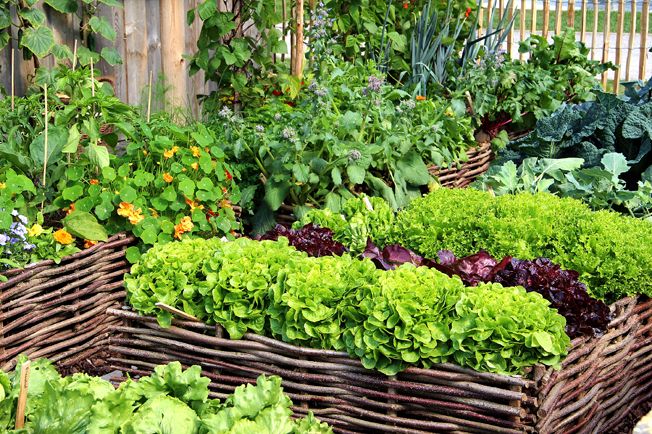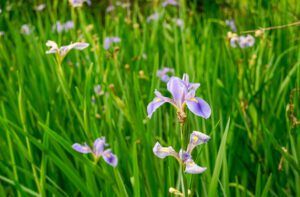Good to Know: Organic Gardening
Enjoying organic vegetables doesn’t have to mean weekly trips to Whole Foods. With the right information, growing an organic garden at home can be easy and rewarding. “Organic gardening, or ecological gardening, is not new,” says LSU AgCenter professor Carl Motsenbocker. “It has been practiced for thousands of years throughout the world.” Organic gardening uses natural materials rather than synthetic pesticides and fertilizers, with a goal of making the garden sustainable.
Here, Motsenbocker reveals the horticultural highlights of this healthy hobby.
Getting started
The first step is to review potential sites. Assess features such as access to water and tools, ease of getting to the garden, soil attributes, and potential issues such as poor drainage, tree roots in the soil, and the amount of light and shade. In general, most vegetables require full sunlight for a minimum of 6 to 8 hours a day. Once a decision is made on the site, then a soil sample should be taken and sent off for the LSU AgCenter to conduct a nutrient analysis, including soil pH.
Down in the dirt
Soil is key to gardening in general: first soil texture and then soil health or microbiological activity. One can select a site with a good soil texture or amend a soil if needed. The pH of the soil is critical as this relates to the availability or even detrimental excess of particular nutrients as well as soil microbes. In general, soil with pH in the 6.2 to 7 range is ideal.
Considering compost
Adding organic matter such as compost improves soil tilth, making the soil easier to work. It also enhances the soil microorganisms that are involved in making nutrients more readily available, supplies some of the crops’ nutrient needs, and improves the soil environment for good root growth. Compost is easily made in the backyard by layering various organic materials such as leaves, grass and kitchen table scraps in piles along with lime, topsoil, manure, organic fertilizer and water. Over time, microorganisms decompose the organic materials, with help from the gardener in turning and making sure the compost has enough moisture and air, creating a wonderful product that can be used in organic and conventional gardens. The LSU AgCenter website has instructions for making compost as well as plans for constructing different compost piles.
No need for weeds
The primary weed-management tool that I promote is the use of mulches. Mulches help control weeds and also prevent erosion and soil compaction, conserve soil moisture, and prevent crusting. Other techniques are also widely used, such as timely weeding, eliminating weeds when they are young and vulnerable through physical methods, not allowing weeds to produce seeds, and using healthy transplants to outcompete weeds.
Bug off
Organic gardeners have a wide array of practices as well as organic pesticides to manage pests. In general, organic gardeners encourage natural predators by creating habitats and allowing the buildup of predator insects that will control pests. They also use biological diversity, planting many different crop species and using companion plantings. I teach that the key to pest management is crop diversity; nature often takes care of the problem.
Flower power
I recommend that everyone plant vegetables, herbs and flowers together. Flowers are needed to attract beneficials such as pollinating insects, in particular bees, that are required for pollination of many of our vegetable crop flowers, especially members of the cucumber family. Without bees we would not have these vegetable crops. Flowers also add beauty to the garden, and edible flowers can enhance many salads and culinary dishes.
For downloadable publications on organic gardening and composting, see lsuagcenter.com.












